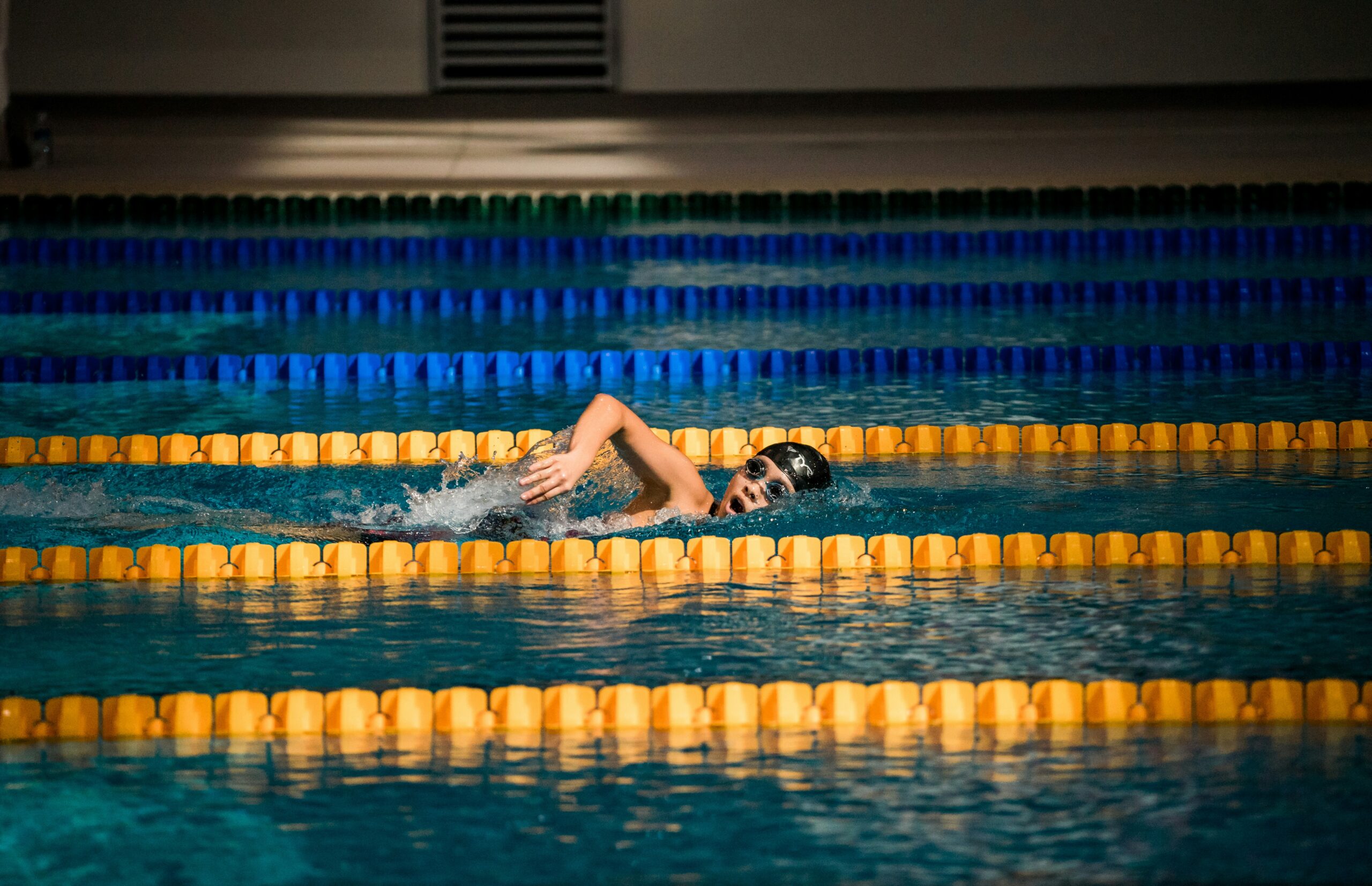Exploring British Swimming Techniques
Swimming, an essential life skill, and an Olympic sport has deep roots in British culture. Swimming is the most valuable life skill and an Olympic sport whose roots are very deep in the British way of life. Very rich in tradition and a proud legacy of technique passes from one generation to the next, British swimming is a mixture of historical backgrounds. Laborious practice, and modern innovation. From the calm-down lakes of the Lake District to the hustle and bustle aquatic centers of London, the United Kingdom has cultivated a rich tradition in swimming techniques. British swimming techniques are famous for their jumble of historical significance, hard-working training, and innovative advancements.
The Historical Roots of British Swimming
This organization played an important role in stimulating swimming as a competitive sport. Early British swimming techniques were heavily influenced by military training, to emphasize stamina and tolerance. The British love for swimming was evident in the construction of public baths and the organization of local swimming clubs, which served as breeding grounds for talented swimmers. The British love of swimming was expressed through the construction of public baths and the organization of swimming clubs, which created a hotbed of talented swimmers.
One notable technique that emerged during this period was the “trudgen stroke,” named after John Trudgen. This stroke, a precursor to the modern front crawl, revolutionized competitive swimming by incorporating elements of the overarm stroke. The trudgen stroke combined an overarm movement with a scissor kick, offering a significant speed advantage over traditional breaststroke techniques.
The Evolution of Training Methods
British swimming techniques have frequently evolved, driven by a devotion to excellence and innovation. Modern British swimmers benefit from state-of-the-art training facilities, sports science research, and exhaustive swimmer development. The introduction of high-performance centers, such as the British Swimming National Centre in Loughborough, has been instrumental in
purifying techniques and improving performance.

Proper British training will always take precedence over technique over pure vitality. Therefore, technique becomes one of the most important things with coaches who improve body position, smooth strokes to minimize drag, and thorough efficiency in the water. It is this attention to detail that has made the swimmers so stylish, and flawless. Coaches focus on improving body position, smoothing movements, and reducing drag to increase performance in the water. This careful attention to detail has produced swimmers with faultless form, capable of maintaining speed and bearing over long distances.
Innovative Techniques and Technological Advancements
British swimming has embraced technological advancements to refine techniques and promote performance. Video analysis and biomechanical feedback are now integral components of training regimens. Swimmers can analyze their strokes in real time, making accurate adjustments to their form and technique. This data-driven approach has led to significant improvements in swimming efficiency and reduced injury rates.
One of the most noteworthy innovations in British swimming is the use of drag-reducing swimsuits. Developed in collaboration with sports scientists and engineers, these suits minimize water resistance, allowing swimmers to rest or move along the surface of a brook. British swimmers have also adopted specific training equipment, such as resistance bands and swimming parachutes, to build strength and improve technique.
The Role of Open Water Swimming
Open water swimming is a groomer tradition in Britain, with events held in iconic locations such as the Serpentine in London and Lake Windermere. Swimmers use quarrel of many types of specialized training gear in order to develop strength and enhance technique, such as resistance bands, and swim parachutes, amongst others. British swimmers are known for their effectiveness in open water events, which require a unique set of skills compared to pool swimming. Techniques such as sighting, drafting, and having two sides breathing are important for success in open water races.
British open-water swimmers train in diverse conditions, from calm lakes to turbulent coastal waters, to adapt to varying environments. This versatility has enabled British swimmers to excel in international competitions, exhibiting their adaptability and endurance.
Future of Swimming
As British swimming continues to evolve, the focus remains on bringing up talent from a young age and fostering a culture of excellence. Grassroots programs, such as Swim England’s Learn to Swim framework, aim to introduce children to swimming and develop their skills progressively. By investing in youth development, Britain hopes to maintain its Inheritance of producing world-class swimmers.

There are strong efforts to reduce the ecological footprint of swimming facilities and initiatives to promote eco-friendly methods of training. This is a commitment number practicable within the broader trend of sport. Efforts to reduce the environmental impact of swimming facilities and promote eco-friendly training methods are gaining momentum. This commitment to sustainability reflects a broader trend in sports, where environmental responsibility is becoming increasingly important.
Conclusion
British swimming techniques are a monument to the nation’s rich legacy and unconstrained trailing of excellence. From the early days of the trudgen stroke to the modern era of technological innovation, British swimmers have constantly pushed the boundaries of what is possible in the water. With a focus on technique, a commitment to innovation, and a passion for open-water swimming, Britain continues to be a dangerous force in the world of swimming. As the sport evolves, British swimming will undoubtedly continue to inspire and set new standards for generations to come.

